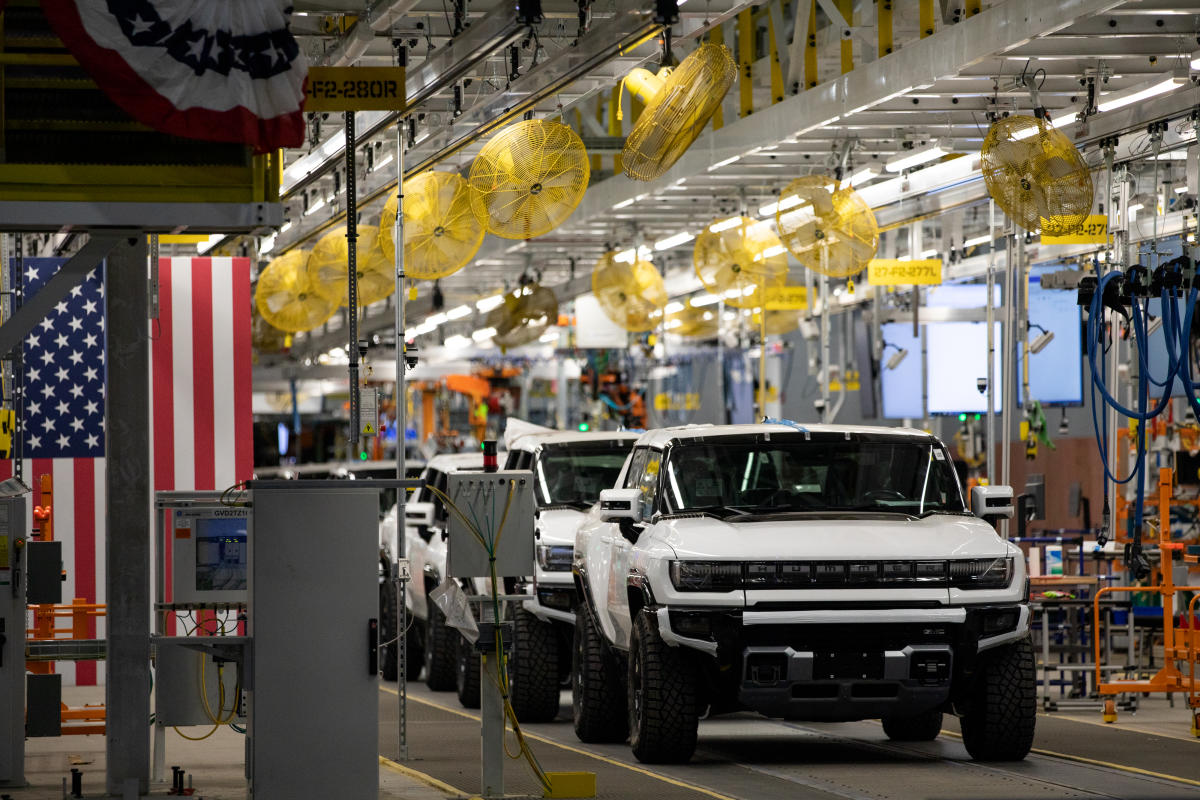The electric car buildout is already having a significant impact on infrastructure expenditure and manufacturing in America, according to new data, which represents a significant victory for the Biden administration so far.
Data from the BlueGreen Alliance Foundation, a progressive nonprofit that encourages clean energy investment and solutions to environmental issues, found that EV investment in factories and battery facilities totaled $154 billion since 2010 across 319 facilities, spurred by legislation like the Bipartisan Infrastructure Act and the Inflation Reduction Act (IRA). When all the spending has been done, that will result in 188,000 new jobs.
The majority of this investment was done in 2022 and 2023 after the IRA was passed and after the Bipartisan Infrastructure Act was approved in 2021. $124 billion of the announced $154 billion in spending has been made since the beginning of 2021.
The production of EVs and the EV supply chain are two areas where the EV transition is having an effect on the economy, according to Tom Taylor, a senior policy analyst at Atlas Public Policy. The EV Jobs Hub data project was co-sponsored by Atlas Public Policy and the BlueGreen Alliance Foundation. The information is organised in a way that is “more digestible” and “seeks to cut through the noise from major announcements,” according to Taylor.
Further analysis of the data reveals that South Korean electronics and battery giant LG plans to invest the most ($17.2B) in the US, followed by Tesla (TSLA) ($15.7B), GM (GM) ($15.5B), Ford (F) ($11.9B), and another battery-focused South Korean company, SK Innovation ($10.3B). The analysis discovers that battery manufacture accounts for 65% of all spending in terms of industry.
The data isn’t perfect, though, as employers who spend the most money on labour don’t always hire the most people. Fewer people are required for the job, as is shown in the manufacturing of EV batteries and powertrains. With job protection in the form of higher wages and the elimination of tiered employment at the top of the union’s wish list as the EV transition spreads across North America, this has caused serious concern on the part of the United Auto Workers (UAW), who are currently in negotiations with the Big Three (Ford, GM, and Stellantis) on a new labour agreement.
“The UAW supports the shift to a clean car sector and is prepared for it. However, the transition to EVs needs to be fair and ensure that autoworkers have a role in the new economy, according to a statement made by UAW president Shawn Fain in late August.
Tesla has announced 28,500 new hires, more than any other company in the EV market since 2010. Ford has made 13,800 hires, Rivian (RIVN) has made 13,700, LG has made 11,300, and Hyundai has made 11,100. Only Ford and LG employ unionised workers (in the joint GM/LG Ultium battery factories).
Indeed, the White House and Democratic legislators are concerned that only 25% of the facilities constructed since 2010 are staffed by unionised labour.
The stakes for automakers and politicians promoting the expansion of EVs could not be higher. In a video address on Tuesday, GM’s chief of production warned that the UAW’s demands would endanger the company’s “manufacturing momentum.” Additionally, it would jeopardise one of the biggest manufacturing successes the US has had in the previous 50 years.

